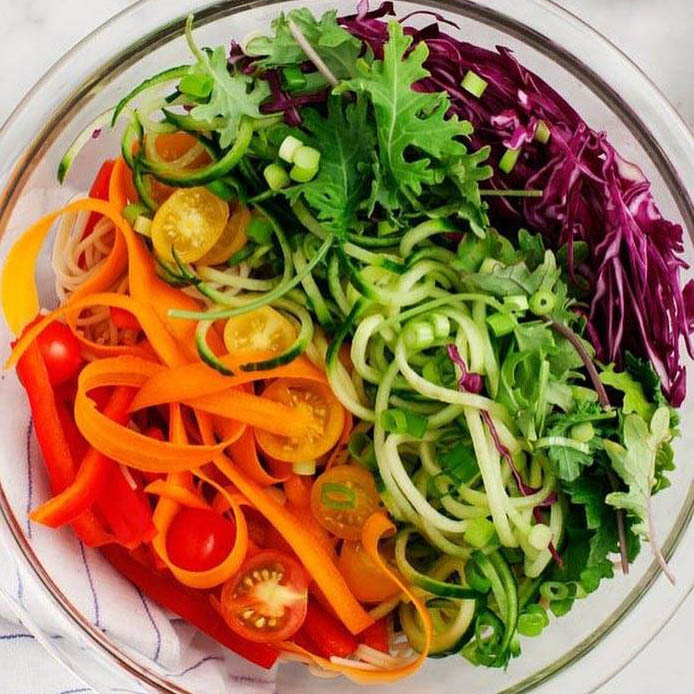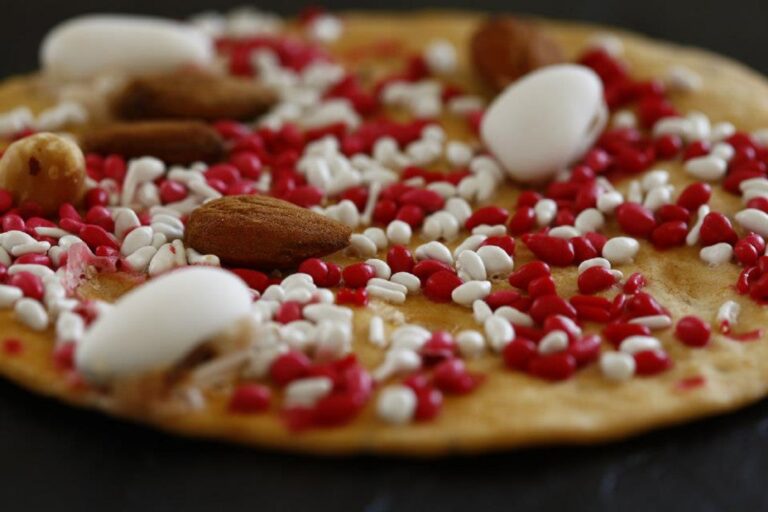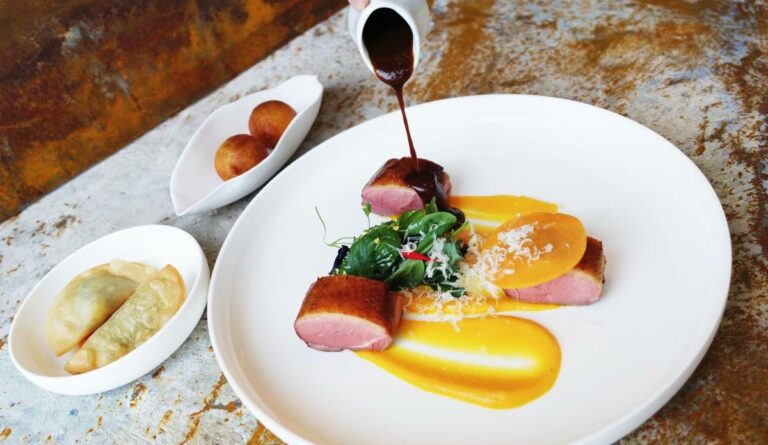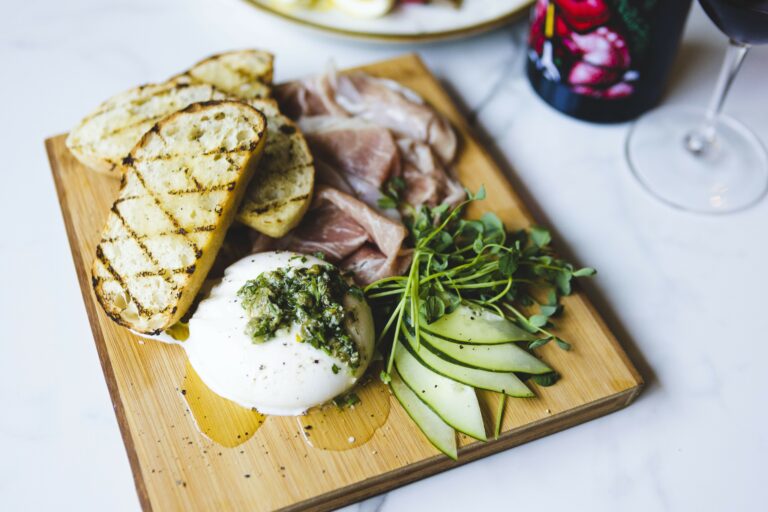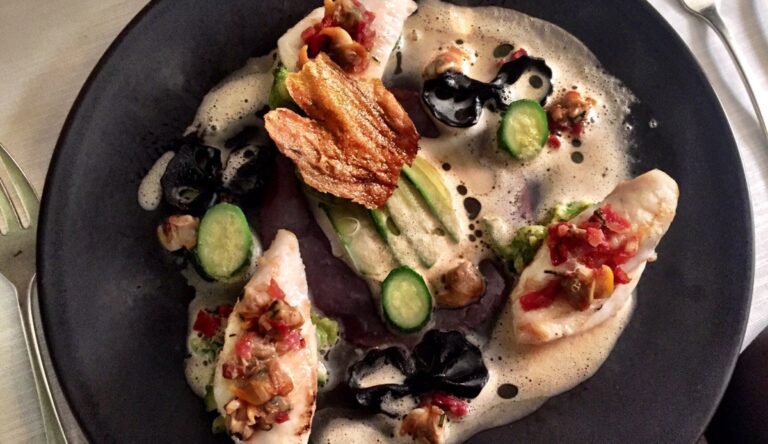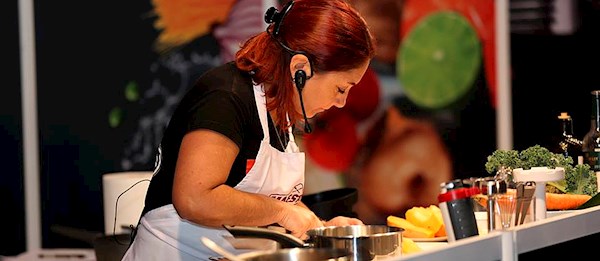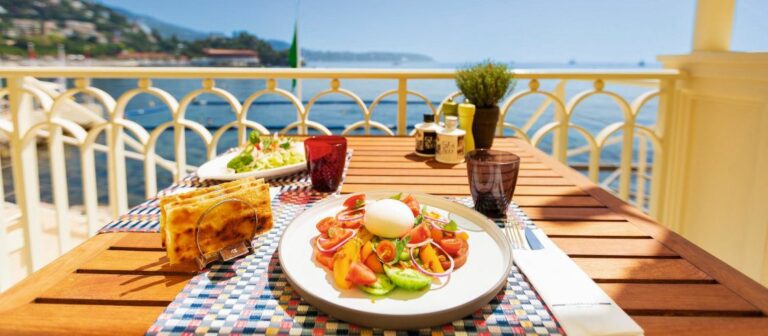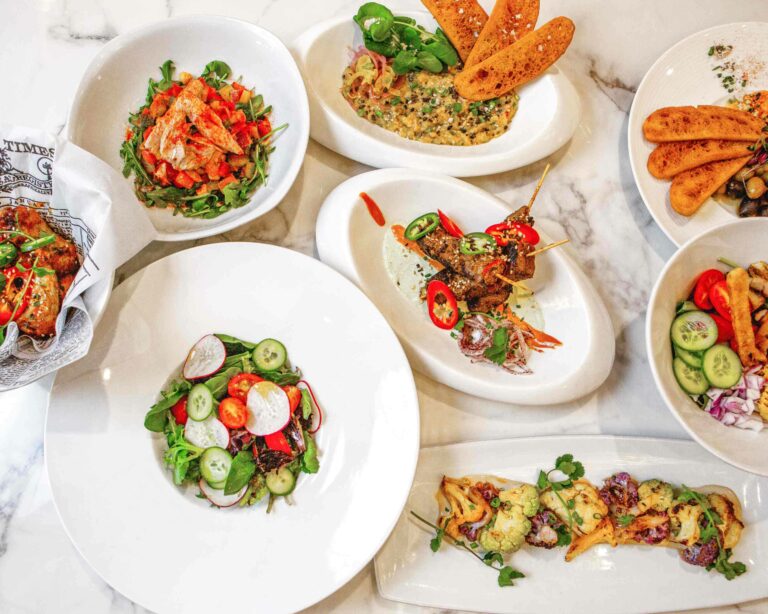Introduction
Monaco, or the Principality of Monaco, is a sovereign city-state located on the French Riviera. It is known for its luxurious lifestyle, Formula One Grand Prix, and the famous Monte Carlo Casino. However, when it comes to food, Monégasque cuisine is not as well-known as French or Italian. The question arises, are there any vegetarian or vegan options in Monégasque cuisine?
Traditional Monégasque cuisine
Traditional Monégasque cuisine is heavily influenced by French and Italian cuisine. It includes dishes like socca (a type of savory pancake made with chickpea flour), barbajuan (a fried pastry stuffed with Swiss chard and ricotta cheese), and fougasse (a type of bread with olives and anchovies). Meat and seafood play a significant role in these dishes, making it challenging for vegetarians and vegans to find suitable options.
Vegetarian options in Monégasque cuisine
Although traditional Monégasque cuisine is not very vegetarian-friendly, there are some options available. Most restaurants offer salads, grilled vegetables, and pasta dishes that can be made without meat or seafood. Additionally, socca, a staple in Monégasque cuisine, can be made without egg or cheese to make it vegan-friendly.
Vegan options in Monégasque cuisine
Finding vegan options in Monégasque cuisine can be more challenging than finding vegetarian options. However, some restaurants offer vegan pasta dishes, salads, and grilled vegetables. It is essential to communicate with the server or chef to ensure that the dish is entirely vegan, as some sauces and dressings may contain dairy products. Additionally, some restaurants may be willing to modify traditional dishes to make them vegan-friendly.
Modern Monégasque cuisine and veganism
In recent years, with the rise of veganism and environmental awareness, some restaurants in Monaco have started to offer vegan options and modify traditional dishes to make them vegan-friendly. For example, Blue Bay, a Michelin-starred restaurant in Monte Carlo, offers a vegan tasting menu using locally sourced and organic ingredients.
Conclusion
Although traditional Monégasque cuisine is not very vegetarian or vegan-friendly, it is still possible to find suitable options. With the rise of veganism and environmental awareness, some restaurants have started to offer vegan options and modify traditional dishes to make them vegan-friendly. Therefore, if you are a vegetarian or vegan visiting Monaco, it is essential to communicate with the server or chef to ensure that your meal meets your dietary requirements.

